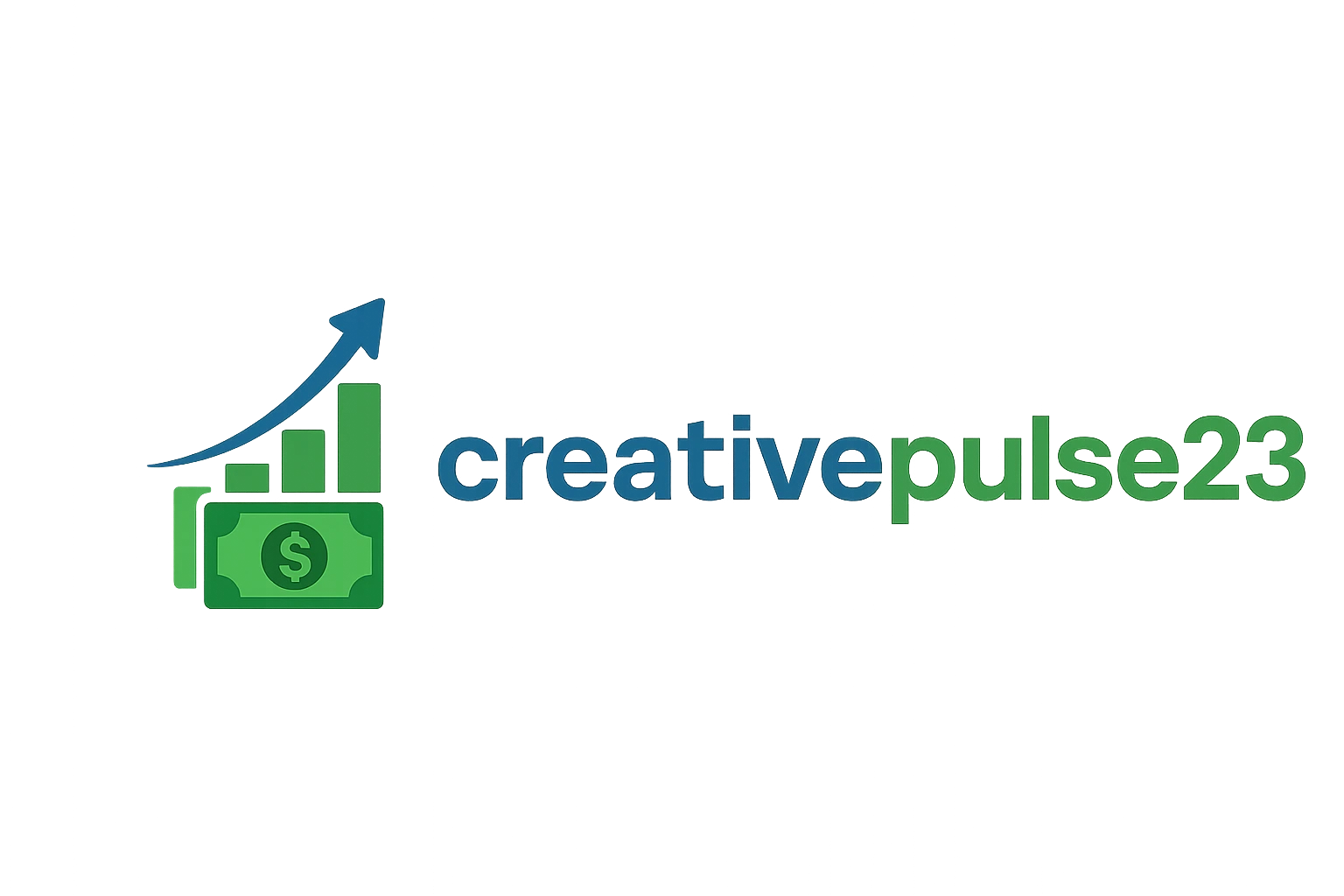Credit utilization is a crucial aspect of financial health, yet it is often overlooked by many individuals. It refers to the percentage of your available credit that you are currently using. Understanding and managing this figure is essential because it directly affects your credit score, which in turn impacts your ability to secure loans, credit cards, or even rental agreements.
So, what exactly is credit utilization and how can you maintain it within a healthy range? To answer these questions, we delve into the mechanics of how borrowing works and explore practical strategies, such as paying down balances and spreading debt across multiple accounts, to keep your financial reputation strong and stable.
Understanding credit utilization

Credit utilization, often referred to as your credit usage ratio, is a simple yet powerful indicator in your credit report. It represents the fraction of your total available borrowing limit that you are currently using. To calculate this, divide your current balance by your total borrowing limit, then multiply by 100 to get a percentage.
While it is only one component of your credit score, how much of your available limit you use is vital. It generally constitutes around 30% of your overall score, making it second only to payment history in importance. Keeping this ratio in check can make a significant difference when seeking loans or better terms from lenders.
Why is it important?
The significance of credit utilization lies in its direct influence on your credit score. It indicates to lenders how well you manage the borrowing opportunities available to you. A low ratio implies a reduced risk for creditors, suggesting that you only use what you need and can pay it off efficiently. This can be a significant determinant in getting approved for additional funding, be it through loans, mortgages, or credit cards.
Furthermore, maintaining a healthy borrowing usage can lead to tangible benefits beyond just a better score. With a favorable ratio, you are more likely to receive favorable terms from lenders, such as lower interest rates and higher borrowing limits, which can save money over time.
It essentially enhances your financial reputation, opening doors to various opportunities that require solid credit standing, such as renting an apartment or even landing a job, as some employers consider this when assessing candidates.
Factors affecting your credit utilization
Several elements can influence your credit utilization ratio, some more directly than others. The most obvious is your spending habits. Frequent, high expenditures can quickly ramp up your balances, pushing your usage ratio into high territory if not balanced by prompt, substantial payments. Therefore, managing your spending and ensuring it aligns with your income is crucial for maintaining a healthy ratio.
Another factor is the total credit limit across all your accounts. Raising your limits by obtaining new lines of credit or requesting increases from existing creditors can improve your ratio by increasing your total available borrowing without increasing your debt. However, this must be done carefully to avoid the temptation of increased spending, which could negate the benefits.
Practical tips to maintain a healthy credit utilization
Keeping tabs on your credit utilization involves a combination of strategic management and disciplined financial habits. One practical approach is to keep your balances low. Aim to maintain your usage below 30% of your total available credit at any given time. This is generally viewed as a safe threshold by credit analysts, as it indicates responsible fiscal management.
Another effective strategy is to distribute your debt across several accounts instead of concentrating it on a single card. This not only helps in managing payments but also keeps the usage percentage down across individual accounts. It avoids the pitfall of maxing out a single card, which could adversely affect your score despite having unused limits elsewhere.
Balancing payments and spending
A critical part of managing your credit utilization ratio involves balancing payments and expenditure carefully. Making more than the minimum payment or paying off balances in full each month can mitigate the impact on your utilization rate. This not only helps in maintaining a lower ratio but also saves money on interest in the long run, contributing to overall financial well-being.
Moreover, setting up automatic payments can be a lifesaver. It ensures you never miss a payment, indirectly aiding in managing your utilization ratio by avoiding the accumulation of balances that can surpass your comfort zone. Combining this with a clear understanding of your spending patterns facilitates better management of your loan use, by aligning it more closely with your income and financial objectives.
The impact of credit limit increases
Requesting an increase to your borrowing limits can positively impact your utilization rate, but it must be managed wisely. By increasing the ceiling of your available credit without increasing your debt, you effectively lower your usage percentage. This adjustment can improve your financial standing in the eyes of creditors, reflecting positively in your credit score.
However, there are risks associated with this strategy. Increased access to borrowing can tempt increasing expenditure, potentially leading to greater debt if not handled with discipline. It might inflate your lifestyle based on the borrowed money rather than actual income, which can be detrimental in the long run. Therefore, any increase should be approached with a clear understanding of your financial situation and a commitment to maintaining low balances.

